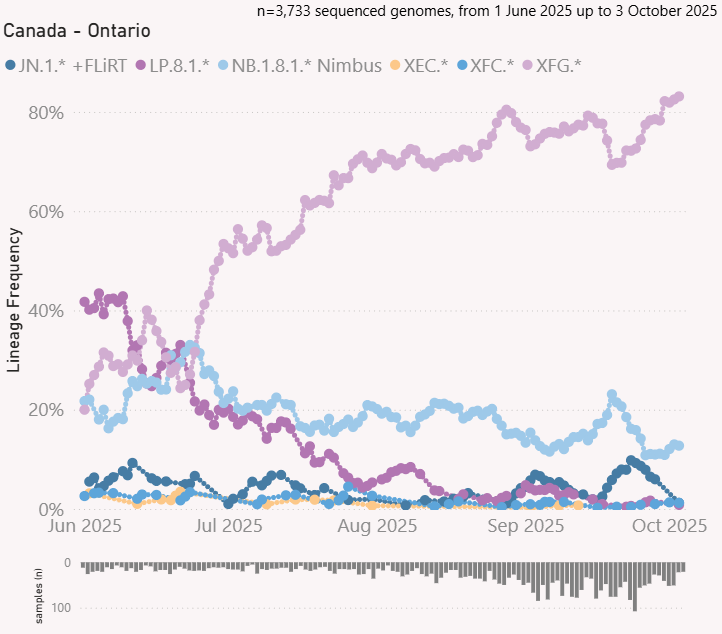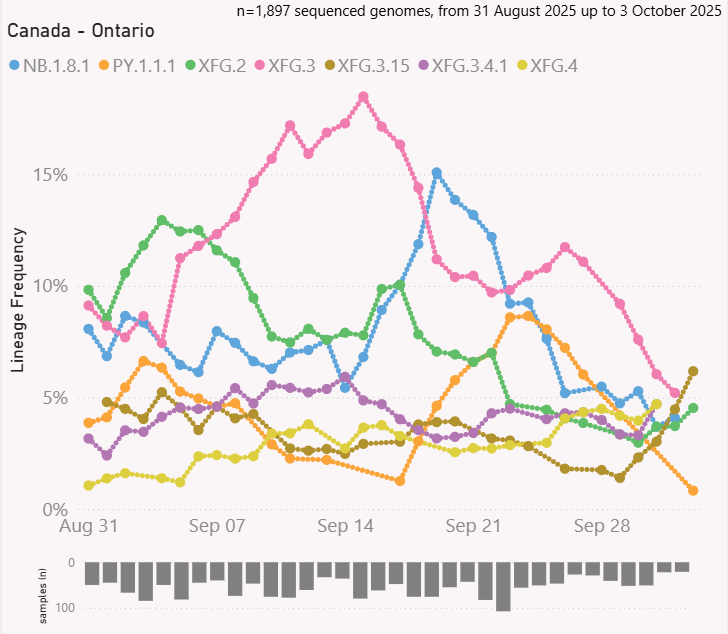COVID-19: Comic and video explanation of transmission
Multiple years into the pandemic and many still don't understand how the airborne transmission of respiratory viruses like COVID-19 work. 🧵1/
Multiple years into the pandemic and many still don't understand how the airborne transmission of respiratory viruses like COVID-19 work. 🧵1/

The Aerosol Science Research Center in Taiwan has put together an explainer comic and video for people to more easily understand ( aerosol.nsysu.edu.tw/en/scopes/108 ). 2/
The youtube video can be found here ( ). 3/
Hopefully this will help people understand that being in a closed meeting room of people for multiple hours with people spaced exactly 2m apart is not sufficient to prevent transmission from a virus that travels in the air. 4/
With poor ventilation those virosols (virus-laden aerosols) can remain in the air for hours so you might even get infected by someone who was in the previous meeting and is not even there any more. 5/ 

Surface cleaning does *not* stop airborne transmission and physical barriers like plexiglass can actually disrupt air flow and trap higher concentrations of aerosols making things worse. 6/ 

How do you reduce the chance of airborne transmission?
- improve ventilation & air filtration
- wear mask with proper fit (N95 or better)
- avoid clustering
- keep physical distance (2m is not sufficient for aerosols)
7/
- improve ventilation & air filtration
- wear mask with proper fit (N95 or better)
- avoid clustering
- keep physical distance (2m is not sufficient for aerosols)
7/

"We are exposed to massively more pollutants, toxins, and pathogens via air than food and water." so fixing and improving air quality helps with so much more than just COVID-19 ( 
https://twitter.com/kprather88/status/1537948318382247937). Image by @akm5376 8/

• • •
Missing some Tweet in this thread? You can try to
force a refresh

















